Physical Address
Jashpur (C.G.)
496220
Mouse bait refers to a material that is used to attract mice and lead them into traps or bait stations. It is typically a food-based product that is appealing to mice, such as seeds, grains, nuts, or cheese.
Here is listed some the beat mouse bait. you can use these on mouse trap.
Peanut butter:
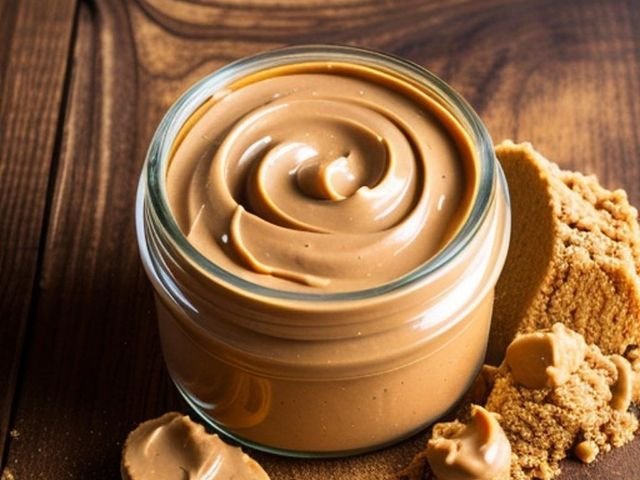
Mice are attracted to the strong smell and taste of peanut butter
Cheese:

A classic bait that is known to lure mice effectively
Chocolate:

Mice have a sweet tooth and are often drawn to the scent of chocolate
Bacon:

The strong aroma of bacon can entice mice to investigate and take the bait
Nutella:
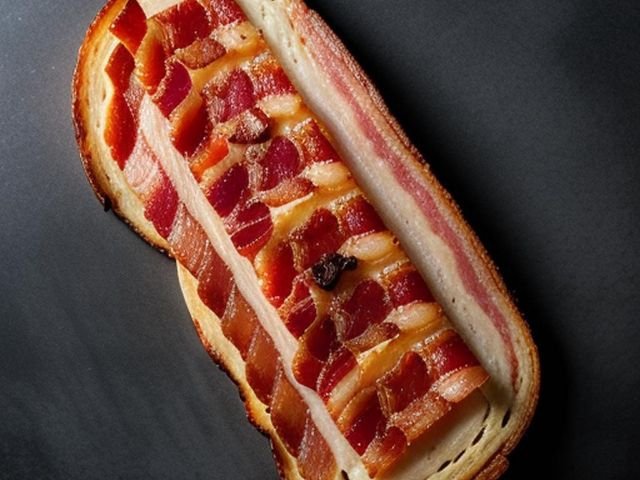
The sweet and nutty scent of Nutella can be irresistible to mice
Birdseed:
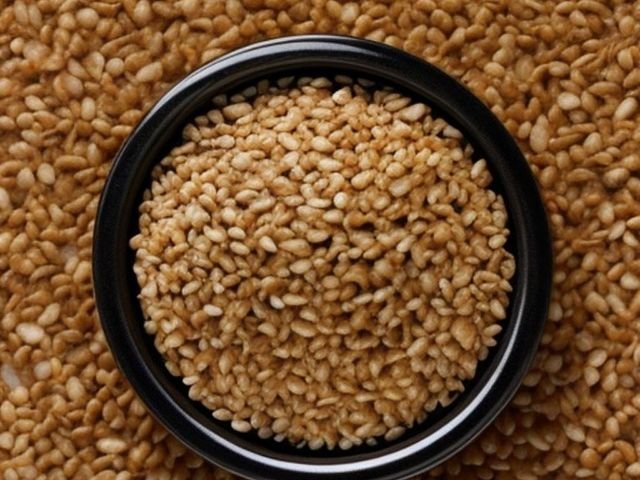
Mice are known to be attracted to birdseed, making it an effective bait
Bread crumbs:
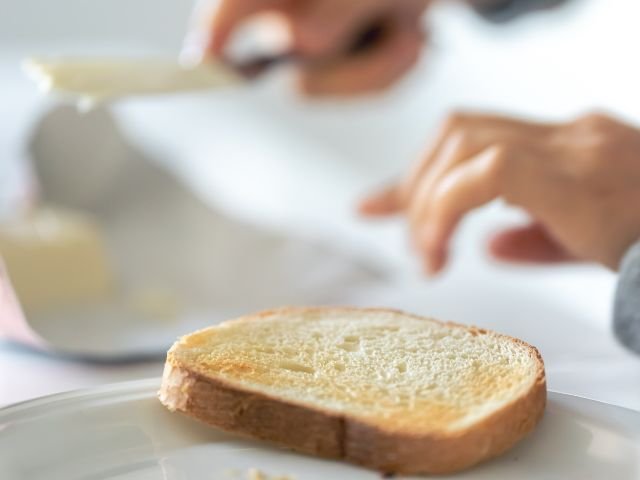
Scatter some bread crumbs near the trap to lure mice with their scent
Cat food:
The smell of cat food can attract mice, as they may be searching for a food source
Cereal:
Mice are often attracted to the smell and taste of cereal
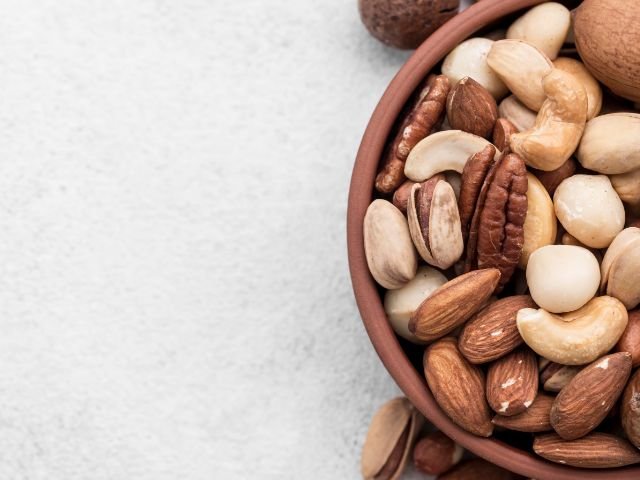
Nuts:
Mice are drawn to the strong scent of nuts, such as almonds or walnuts.
Choosing the right bait for a mouse trap is essential to successfully catch mice. Here are some tips to help you choose the right bait:
Mice have different food preferences, so it’s important to select a bait that attracts them. Common bait options include peanut butter, cheese, chocolate, bacon, dried fruits, or even pet food. Experiment with different baits to see which one works best in your area.
Use fresh bait as it releases a stronger scent, making it more enticing for mice. Replace the bait regularly to maintain its effectiveness.
Mice have a keen sense of smell, so choose a bait with a strong aroma. The smellier the bait, the more likely it will attract mice to the trap.
Option for bait with a sticky or soft texture that mice cannot easily snatch away without triggering the trap. Peanut butter is a popular choice as it adheres well to the trigger mechanism.
Consider the location of the trap when selecting bait. If the trap is placed in a kitchen, food-related baits like peanut butter or cereal may work best. For traps set in garages or sheds, baits like pet food or birdseed may be more effective.
Mice may have different preferences based on their environment, so be willing to experiment with different bait options. If one bait doesn’t work, try another until you find the one that attracts the mice in your specific area.
Remember, mice are cautious creatures, so it’s important to set the trap properly and be patient.
Mice are attracted to a variety of baits, but some common options include:
It’s important to note that different mice may have preferences for specific baits, so it may require some trial and error to determine what works best in your particular situation.
Choosing the right bait for a mouse trap can significantly increase your chances of successfully catching mice. Here are some tips to help you choose the right bait:
Remember, no single bait is guaranteed to work for every situation. Be patient and persistent, and keep experimenting until you find the bait that works best for catching mice in your specific environment.
There are several effective mouse baits for indoor use. Some popular options include:- Peanut butter: Mice are attracted to the strong scent and taste of peanut butter
It’s important to note that while these baits are effective, it’s essential to also use proper traps or bait stations to ensure the mice can be captured or eliminated safely and effectively.
There are several popular commercial mouse baits available on the market. Some of the most commonly used ones include:
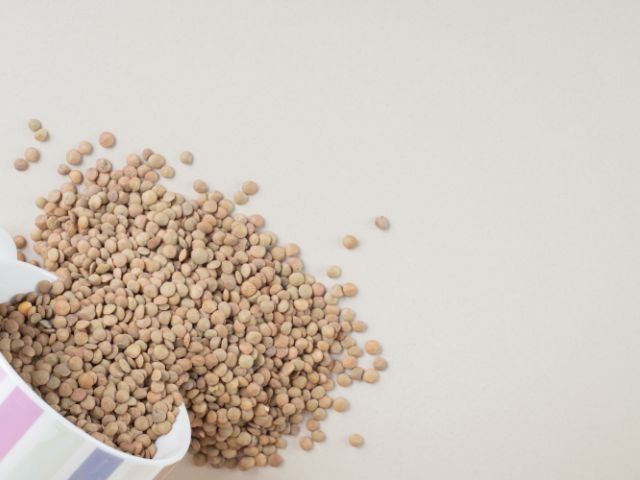
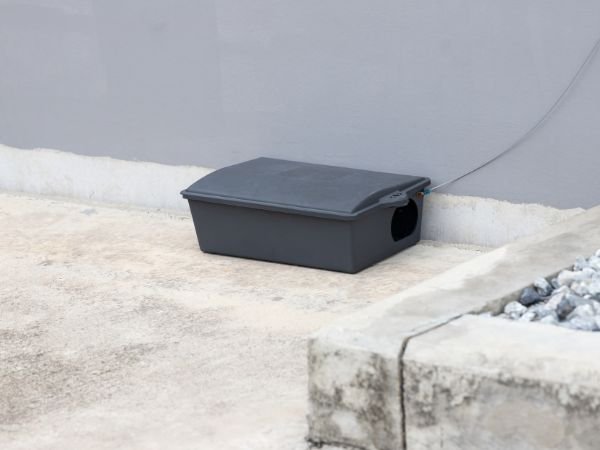
It’s important to follow the instructions provided by the manufacturer when using any commercial mouse bait and to ensure that they are used safely and responsibly.
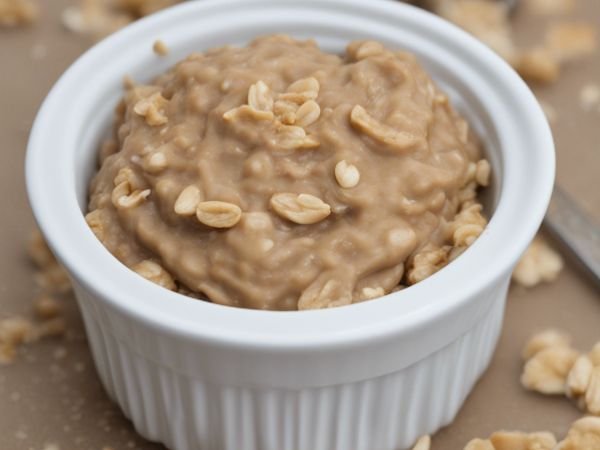
Mix equal parts of peanut butter and dry oatmeal to create a sticky bait. Mice are attracted to the smell of peanut butter, and the oatmeal adds texture and makes it more enticing for them.

Place small pieces of cheese, such as cheddar or Swiss, on top of crackers. Mice are naturally drawn to the scent of cheese, and by using crackers as a base, you provide a convenient platform for them to nibble on.
Collect bacon grease from cooking and spread a small amount on a piece of bread or cracker. The strong smell of bacon is highly appealing to mice and can be an effective bait.

Mix equal parts of chocolate spread (such as Nutella) and crushed hazelnuts. The sweet aroma of chocolate combined with the nutty scent of hazelnuts is enticing to mice.
Slice an apple into small pieces and sprinkle cinnamon powder over them. Mice are attracted to the sweet smell of apples, and the addition of cinnamon enhances the aroma, making it more effective as bait.
If the mouse bait you are using is not working, there are several steps you can take to address the situation:
Remember, it is important to be patient when dealing with mice. They can be cautious creatures and may take time to trust the bait or traps. Be persistent and try different strategies until you successfully catch the mice.
To set a mouse trap, follow these steps:
1. Choose the right type of mouse trap:
There are various types of mouse traps available, including snap traps, glue traps, and electronic traps. Choose the one that suits your preference and needs.
2. Read and follow the instructions:
Each mouse trap may have slightly different setup instructions, so it’s important to carefully read and understand the instructions provided with the trap you are using.
3. Place bait:
Most traps require bait to attract the mouse. Common bait options include peanut butter, cheese, or small pieces of food. Place a small amount of bait on the designated area of the trap.
4. Set the trap mechanism:
For snap traps, pull back the metal bar until it clicks into place or follow the instructions provided. For glue traps, open the trap and ensure the sticky surface is exposed. For electronic traps, turn on the device and follow the specific instructions.
5. Position the trap:
Place the trap in areas where you have noticed mouse activity, such as along walls, near food sources, or in areas where you have seen droppings. Ensure the trap is placed securely and won’t be easily knocked over or moved.
6. Activate the trap:
For snap traps, ensure the trigger mechanism is sensitive and ready to snap. For glue traps, leave the trap open and ensure the sticky surface is easily accessible. For electronic traps, make sure the entrance is clear and the device is properly functioning.
7. Check and empty the trap:
Regularly check the trap to see if a mouse has been caught. If a mouse is caught, follow the instructions provided to safely dispose of it or release it outdoors, depending on your preference.
Remember to always exercise caution and follow safety guidelines when setting mouse traps.
1. Placing the trap in the wrong location:
One common mistake is not identifying the areas where mice are most active. It’s important to place traps along walls, in corners, and near entry points to maximize their effectiveness.
2. Using the wrong type of trap:
There are different types of mouse traps available, such as snap traps, glue traps, and electronic traps. Using the wrong type of trap for your specific situation can reduce your chances of catching mice.
3. Insufficient bait placement:
Mice are attracted to food, so it’s important to properly place bait on the trap. However, using too much bait can also be a mistake, as mice may be able to grab it without triggering the trap.
4. Not securing the trap properly:
If the trap is not set up correctly, it may not effectively capture the mouse. Make sure the trigger mechanism is engaged correctly and that the trap is stable and securely placed.
5. Neglecting to check the traps regularly:
It’s important to check the traps regularly to remove any captured mice. Leaving a dead mouse in the trap for too long can lead to unpleasant odors and potential hygiene issues.
6. Failing to seal entry points:
Even if you manage to catch a few mice, if you don’t seal off their entry points, new ones will keep coming in. Make sure to identify and seal any gaps or holes in your walls, floors, or foundation that mice can use to enter your home.
Remember, it’s essential to follow local regulations and humane practices when dealing with mice.
Q: What is mouse bait?
A: Mouse bait refers to substances or food items used to attract mice to traps or bait stations in order to capture or eliminate them.
Q: What are the different types of mouse bait?
A: There are various types of mouse bait, including:
Q: Which type of mouse bait is the most effective?
A: The effectiveness of mouse bait can vary depending on factors such as the mouse species, location, and individual preferences. Commonly used baits like peanut butter and cheese tend to be effective, but it may require some trial and error to determine what works best in your specific situation.
Q: How should I use mouse bait?
A: Here are some general guidelines for using mouse bait:
Q: Are there any safety precautions to consider when using mouse bait?
A: Yes, it is important to consider safety when using mouse bait:
Q: How long does it take for mouse bait to work?
A: The time it takes for mouse bait to be effective can vary. It depends on factors such as the bait type, mouse population size, and the mice’s feeding habits. It may take a few days or even weeks to see results.
Q: What should I do if the mouse bait is not working?
A: If the bait is not attracting mice, you may need to try different bait types or adjust the placement of the bait. It can also be helpful to ensure that there are no alternative food sources available to the mice.
Q: Can I make my own mouse bait?
A: Yes, you can create your own mouse bait using common household food items like peanut butter, cheese, or seeds. However, it is important to remember that homemade baits may not be as effective as commercial options.